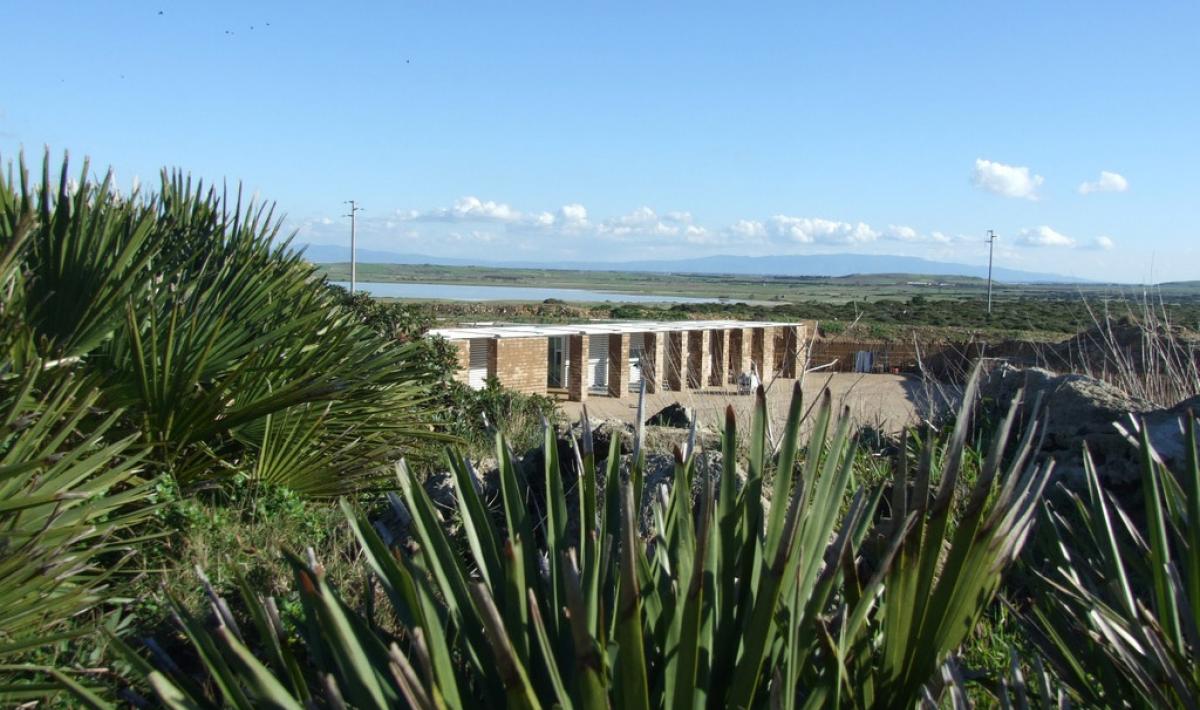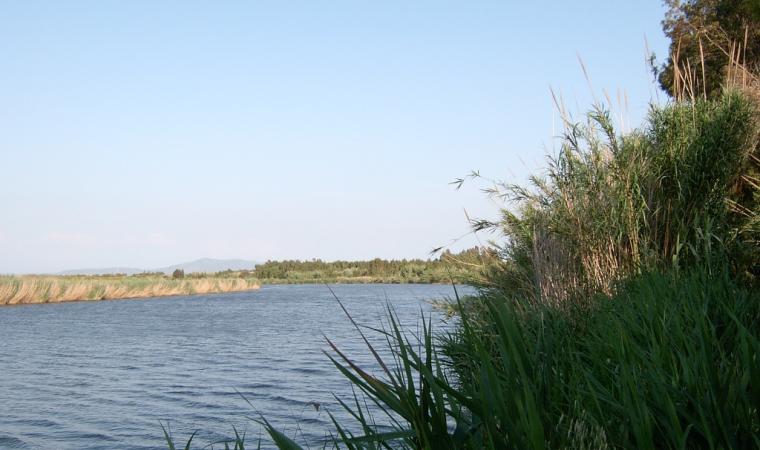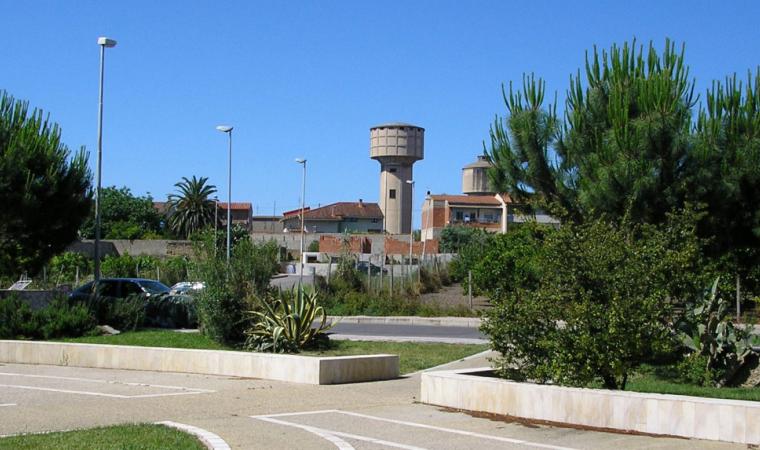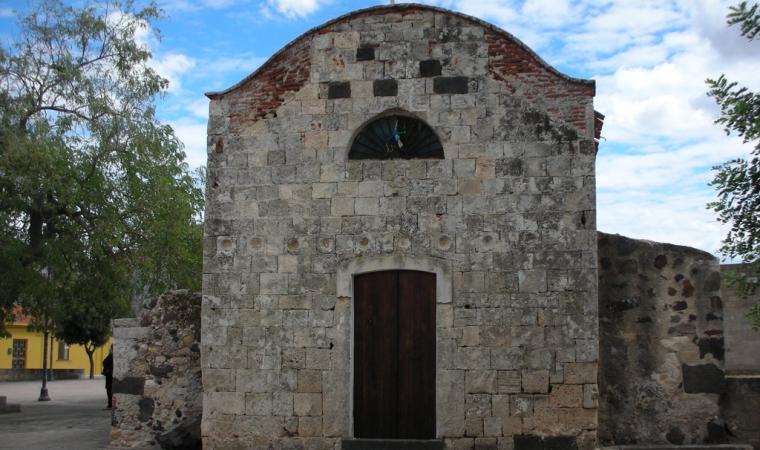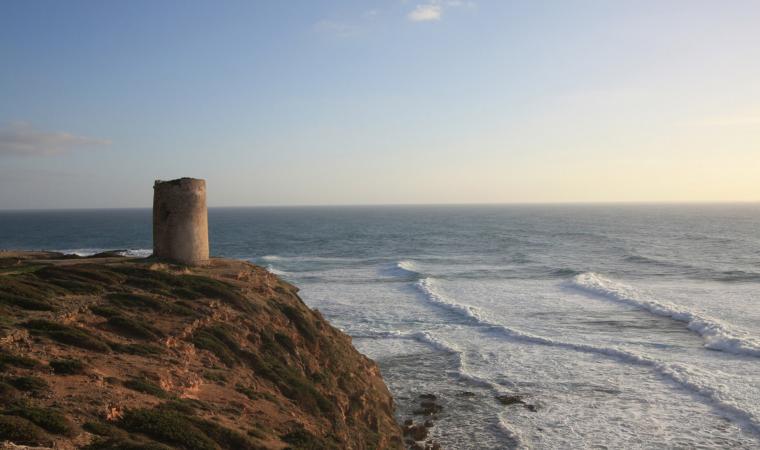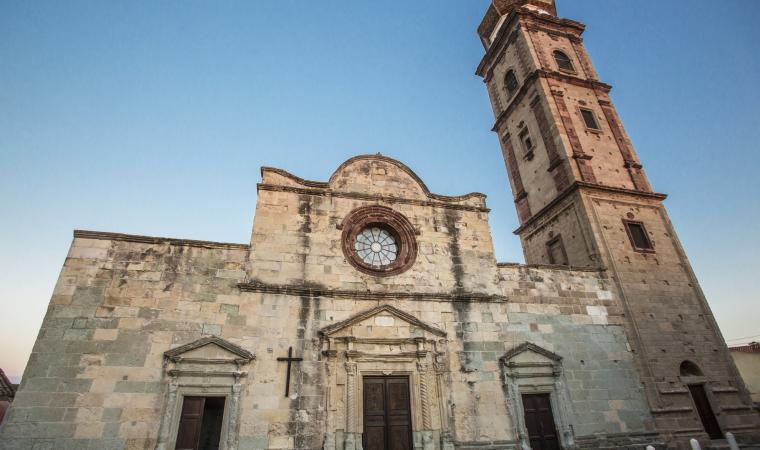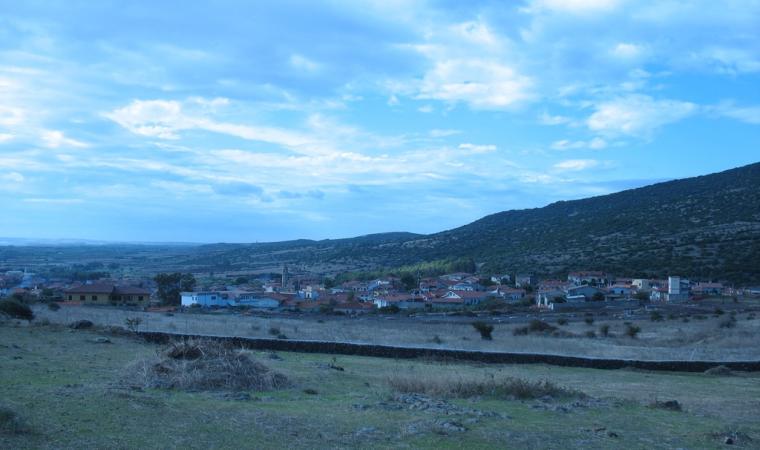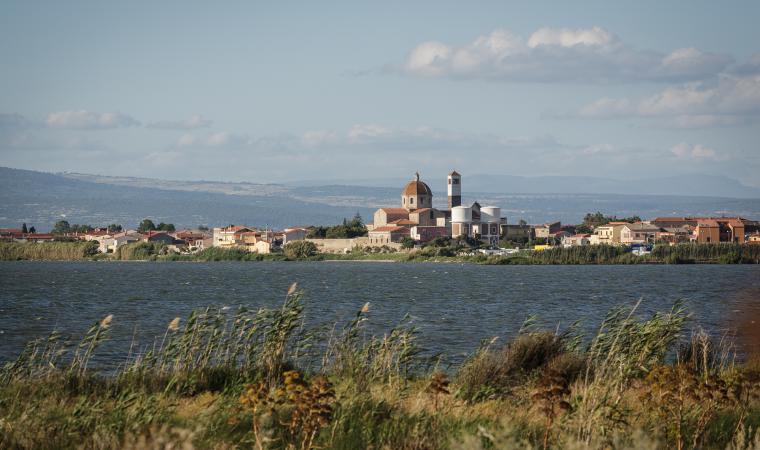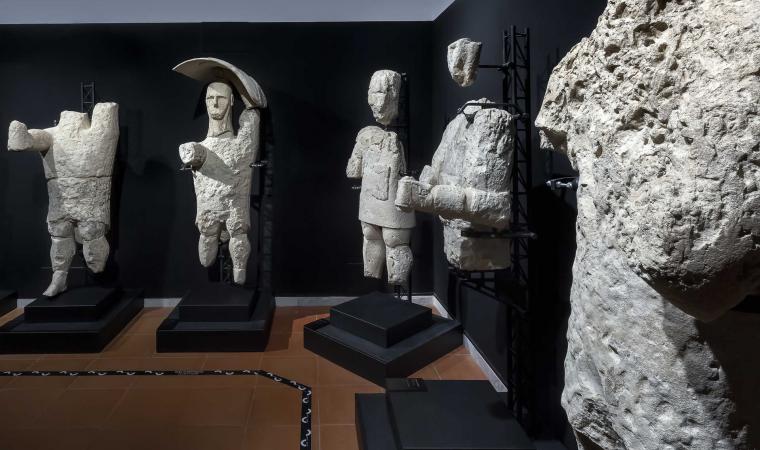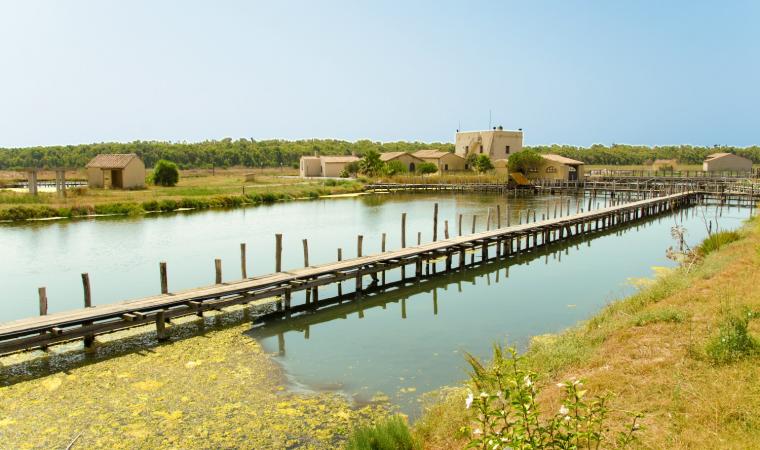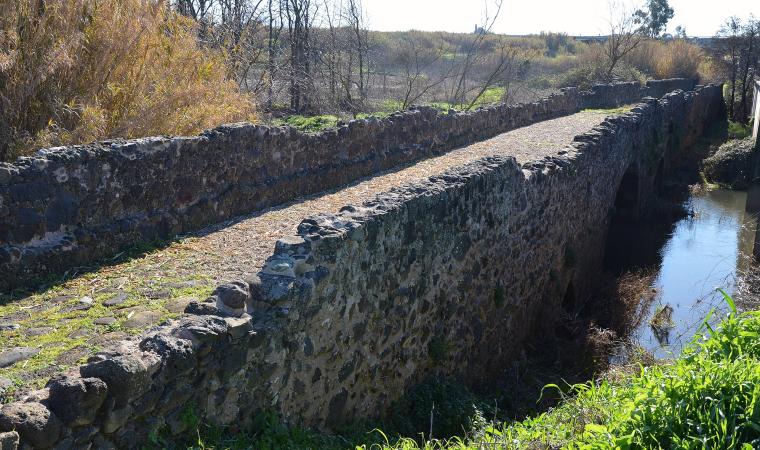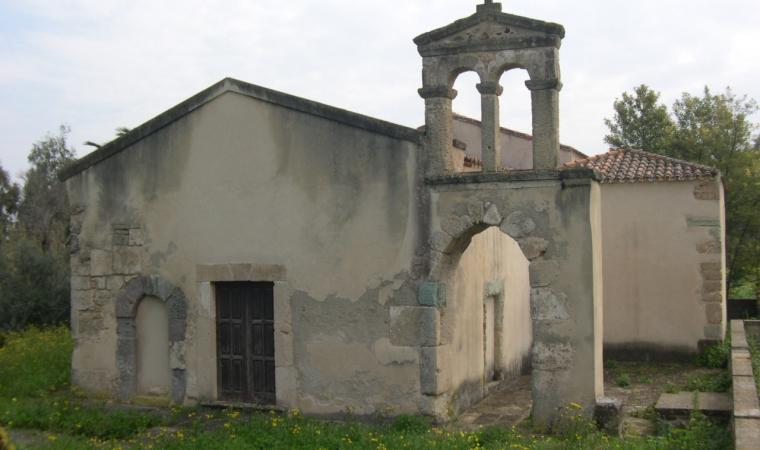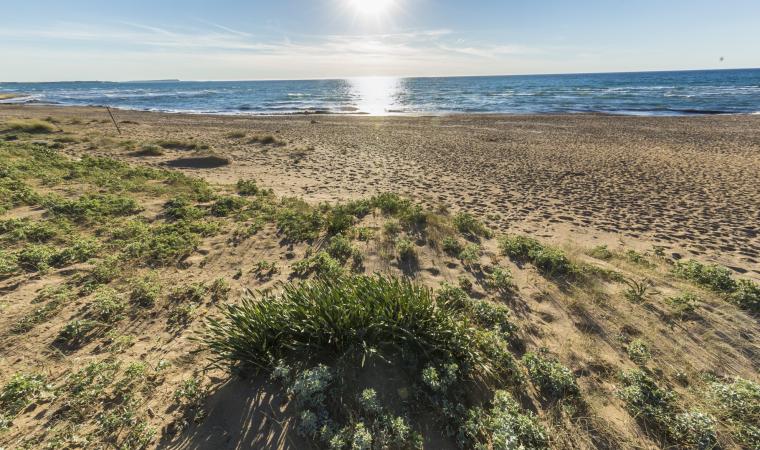The village is located a few kilometres from the spectacular cliffs and splendid beaches of the Sinis peninsula, on the banks of the Foghe rivulet, on a fertile plain surrounded by lagoons and inhabited since prehistoric times, as shown by the presence of about ten nuraghi (some frequented in the Punic period). Riola Sardo is an agricultural village with just over two thousand inhabitants in the Campidano part of Oristano, once famous for its cereal crops and nowadays for producing fruit, vegetables and wine, especially Vernaccia. The sea, the river and the ponds of is Benas, Sale Porcus and Cabras have always been traditional fishing areas. Campidano ‘courtyard’ houses made of mud bricks (ladiri), with stone gateways and wooden architraves characterise the old village centre: the seventeenth-century Casa Carta, a charming aristocratic dwelling. Behind it, stands the parish church of San Martino, rebuilt in the 16th century over a previous Romanesque building. You will see its Baroque façade at the top of a flight of steps and, alongside it, an octagonal bell tower, crowned by a dome covered with multi-coloured tiles. Inside, you can admire a sixteenth-century crucifix, two 17th-century holy water fonts and a decorated wooden choir. The religious and civil celebrations of the patron saint of the village take place on 11 November: during the day you can taste the new wines in the wineries. The most heartfelt celebrations take place at the end of July in honour of St Anne and St Joachim: the procession is accompanied by a parade in traditional dress and the sound of the launeddas. On the outskirts, you will see the ruins – the foundations and one wall with two recesses – of the church of Santa Corona, possibly dating back to the 12th century. An analysis of medieval texts it appears that it was built by and belonged to the Templars. This is confirmed by numerous decorative symbols linked to them, once furnishings in the church and later re-used to decorate the façades of the houses. The building was renovated in the 17th century and mysteriously abandoned in the 1930s.
In the disused sandstone quarries of su Cuccuru Mannu, near the village, the evocative Parco dei Suoni (Park of Sounds), emerged and, in July and August, jazz, pop and rock concerts are held here, as part of the Grandi Eventi network. It consists of a series of paths with sound effects, almost all in the open air, between quarries adjoining areas, trails and environments that seem like 'sculptures of sound’, each linked to a field of music. Other events not to be missed include the motoraduno internazionale della Vernaccia (international motorbike gathering of Vernaccia) in mid-September, with wine tastings and, on the subject of wine tasting, in November, there is Sapori Antichi (Ancient Flavours), with tastings of traditional cuisine, while in February, on the theme of motors, the International Motocross Championships take place.

